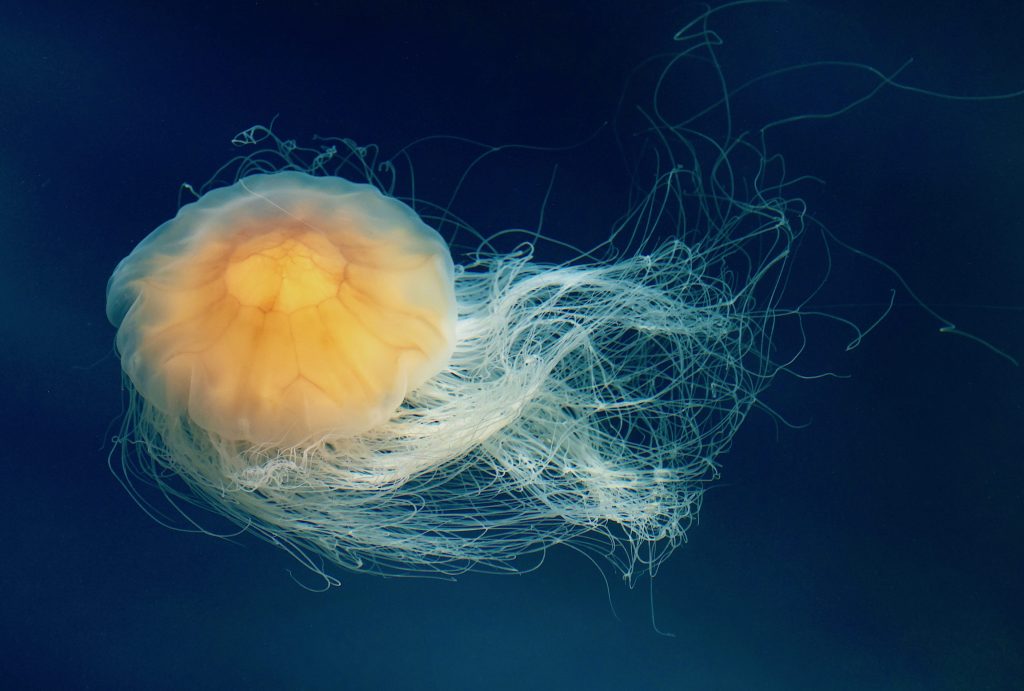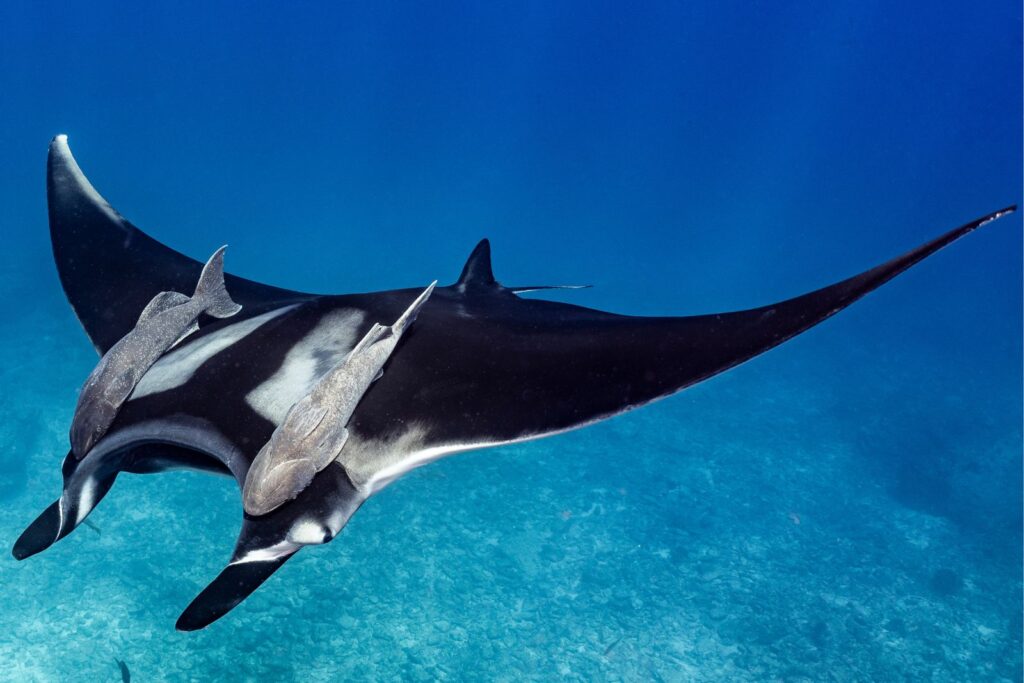Jellyfish: Graceful Drifters of the Ocean Currents

Introduction to Jellyfish
Jellyfish, also known as jellies or sea jellies, are gelatinous invertebrates found in oceans worldwide. Despite their delicate appearance, they are highly adaptable predators capable of thriving in a variety of marine environments.
These mesmerizing creatures come in a wide range of shapes, sizes, and colors, from tiny, transparent species to larger, more colorful varieties. Their distinctive bell-shaped bodies and trailing tentacles make them instantly recognizable in the underwater world.
Anatomy and Behavior
Jellyfish lack a centralized nervous system or brain but possess a nerve net that allows them to sense their surroundings and respond to stimuli. Their bodies consist mainly of water, with a gelatinous mesoglea sandwiched between two layers of cells.
One of the most striking features of jellyfish is their stinging tentacles, equipped with specialized cells called cnidocytes that contain venomous harpoons. These tentacles are used to capture prey and defend against predators, delivering a potent sting upon contact.
Ecological Importance
Despite their reputation as stinging nuisances, jellyfish play a crucial role in marine ecosystems. They serve as both predator and prey, feeding on small fish and plankton while providing food for larger predators such as sea turtles and certain fish species.
Changes in ocean temperature, pollution, and overfishing can have significant impacts on jellyfish populations, leading to blooms or declines in certain areas. Understanding the ecological dynamics of jellyfish is essential for maintaining the health and balance of marine ecosystems.
